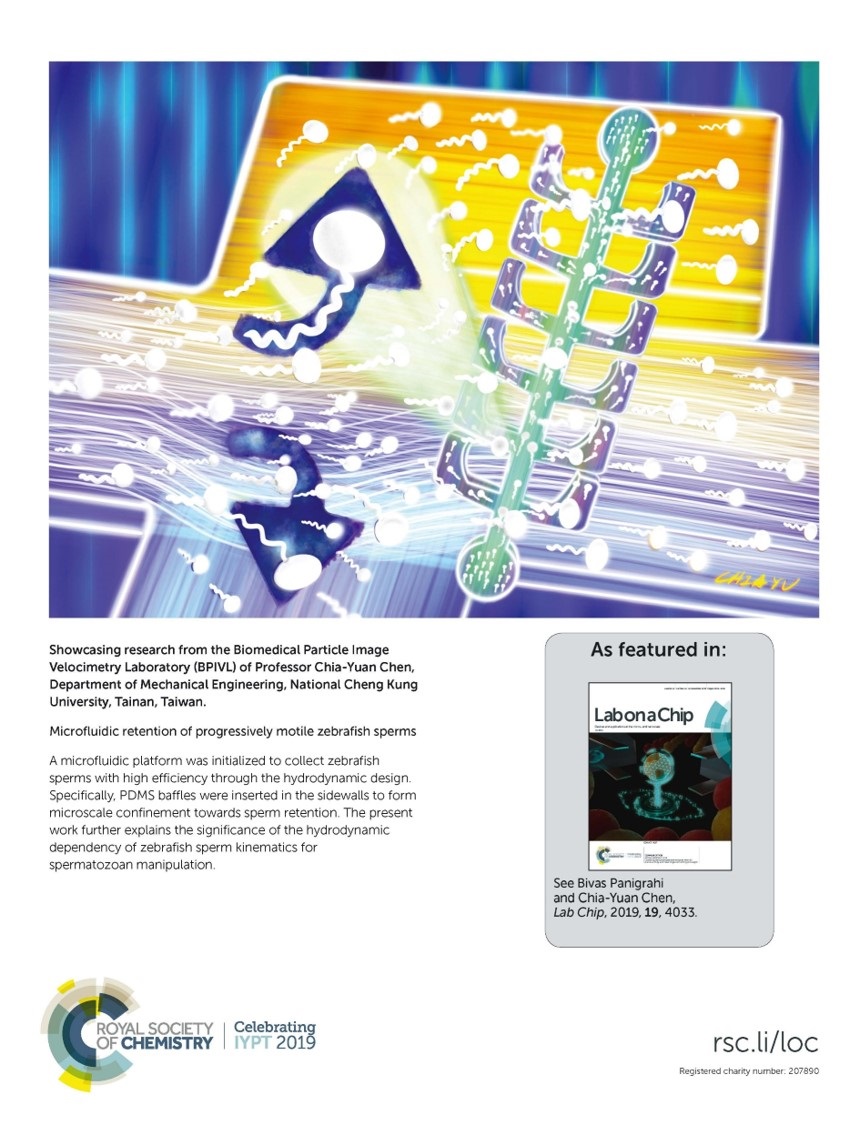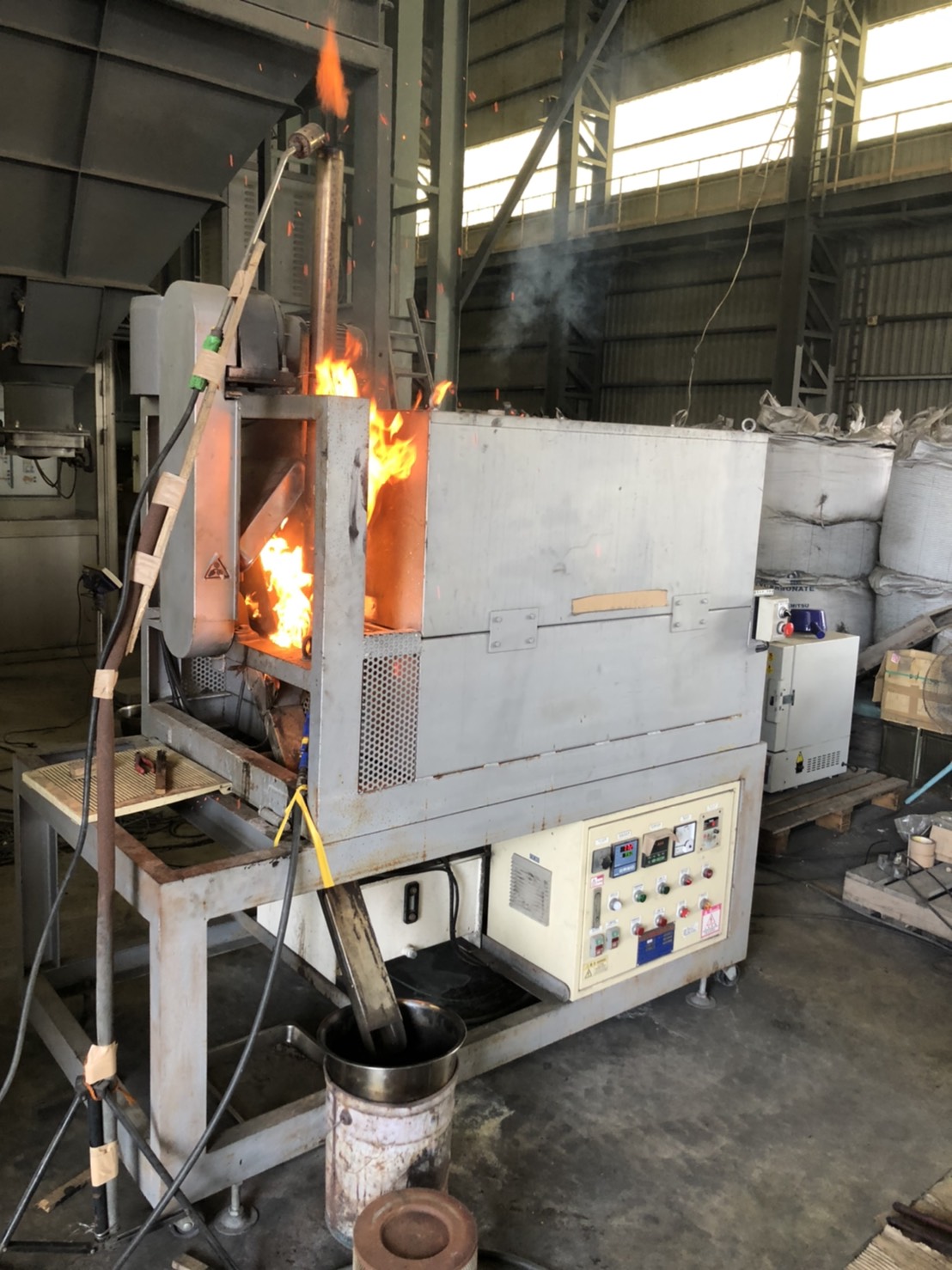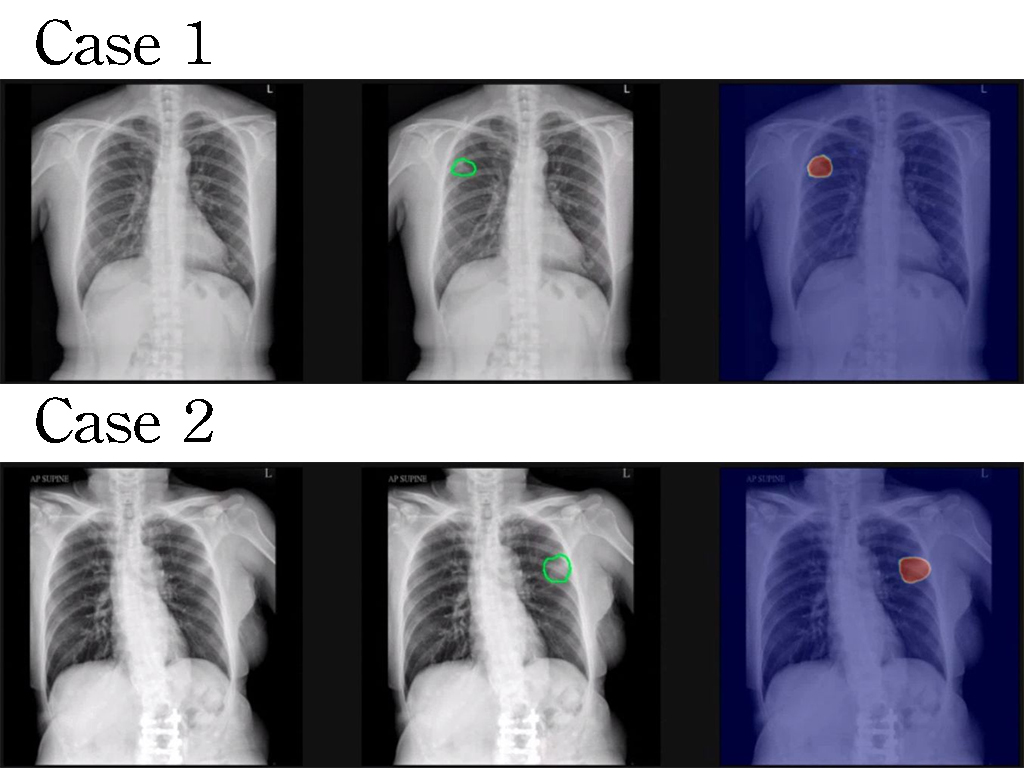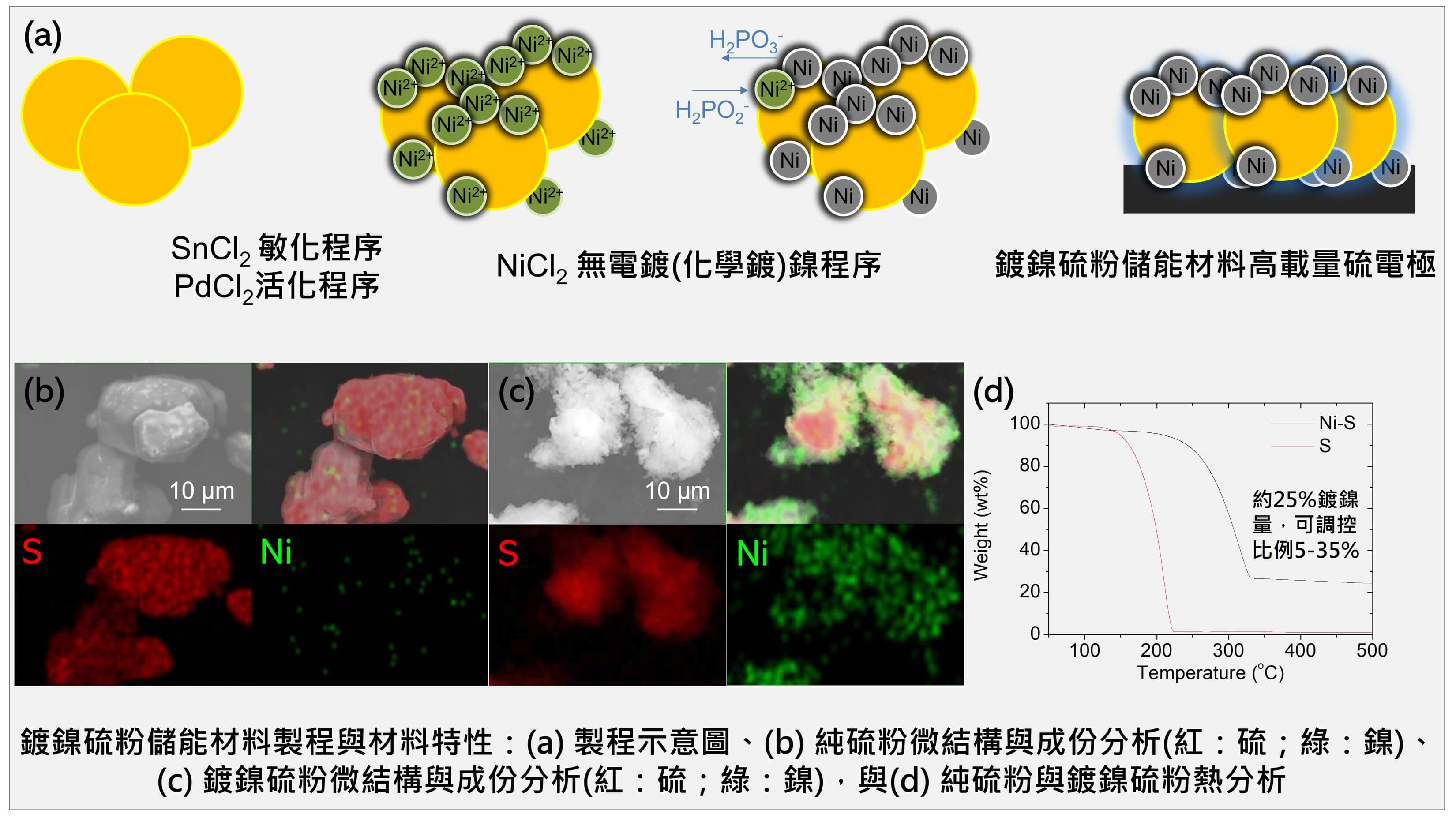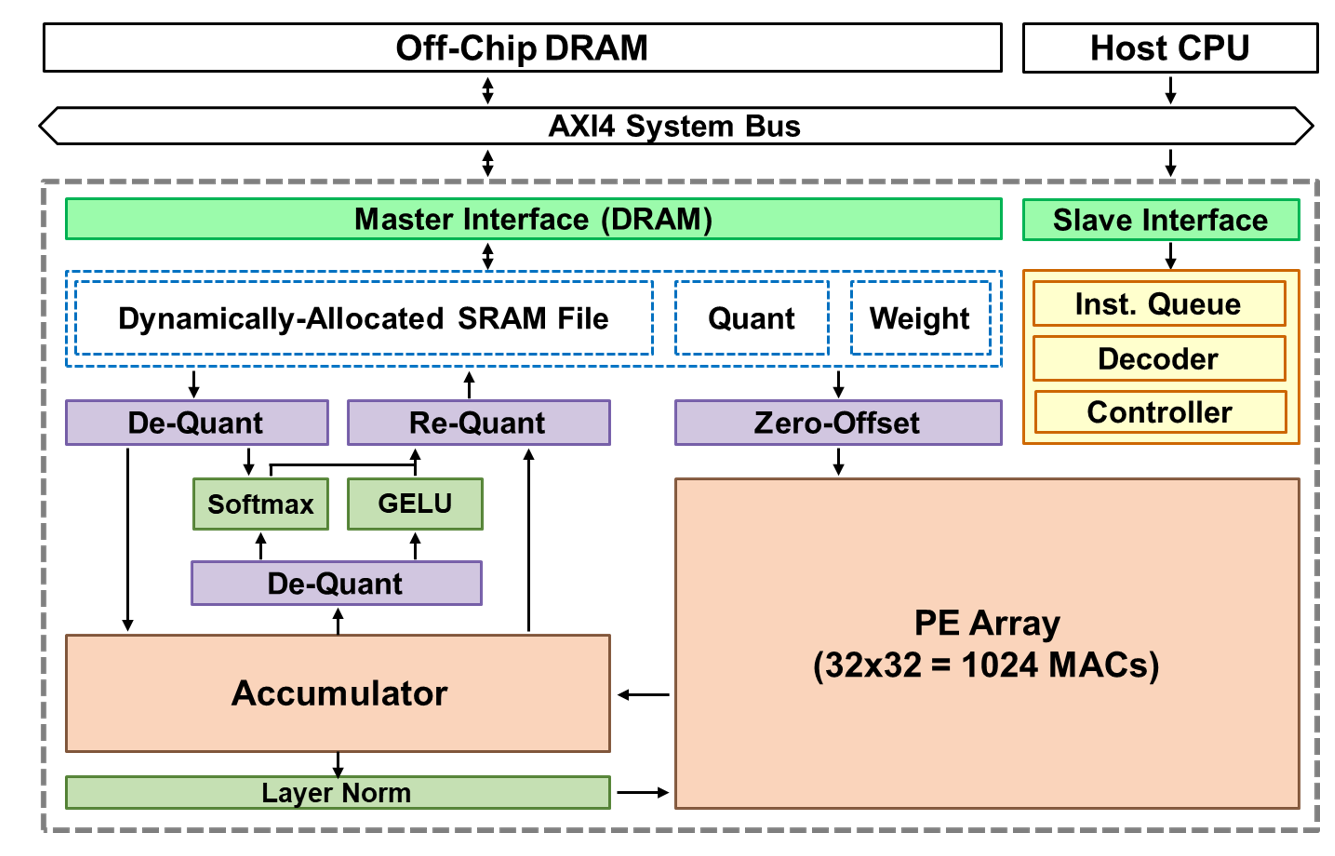| Technical Name |
A new method of active carbon preparation by microwave |
| Project Operator |
National Health Research Institutes Institute of Biomedical Engineering and Nanomedicine |
| Project Host |
林峯輝 |
| Summary |
This invention introduces a method for producing activated carbon using microwave technology and carbonated water. Compared to traditional high-temperature and strong acid or base activation processes, this method is more environmentally friendly and safer. The pore structure of the carbonized material expands rapidly under microwaves, and the mild acidic environment from the carbonated water enhances adsorption capacity. This approach reduces activation time and energy consumption, with broad applications in water and air purification. |
| Scientific Breakthrough |
The scientific breakthrough of this invention lies in the innovative application of microwave technology combined with carbonated water, replacing traditional high-temperature and strong acid/base methods. Microwave technology heats the carbon material quickly and uniformly, significantly reducing activation time while preserving pore structure. The mild acidic environment provided by carbonated water enhances pore formation and avoids harmful chemicals. This method improves adsorption capacity, reduces energy consumption, and offers a sustainable solution for water and air purification. |
| Industrial Applicability |
This technology combines microwave and carbonated water to produce activated carbon, offering efficiency and environmental benefits. It is applicable in various industries such as water treatment, air purification, and industrial wastewater treatment. The rapid activation and low energy consumption reduce production costs and enhance industrial efficiency. Given the growing demand for clean air and water, this technology has broad application potential and market competitiveness, providing innovative solutions for related industries. |
| Keyword |
Activated Carbon Microwave Technology Carbonated Water Environmentally Friendly Adsorption Capacity Water Treatment Air Purification Industrial Wastewater Rapid Activation Energy Efficiency |


